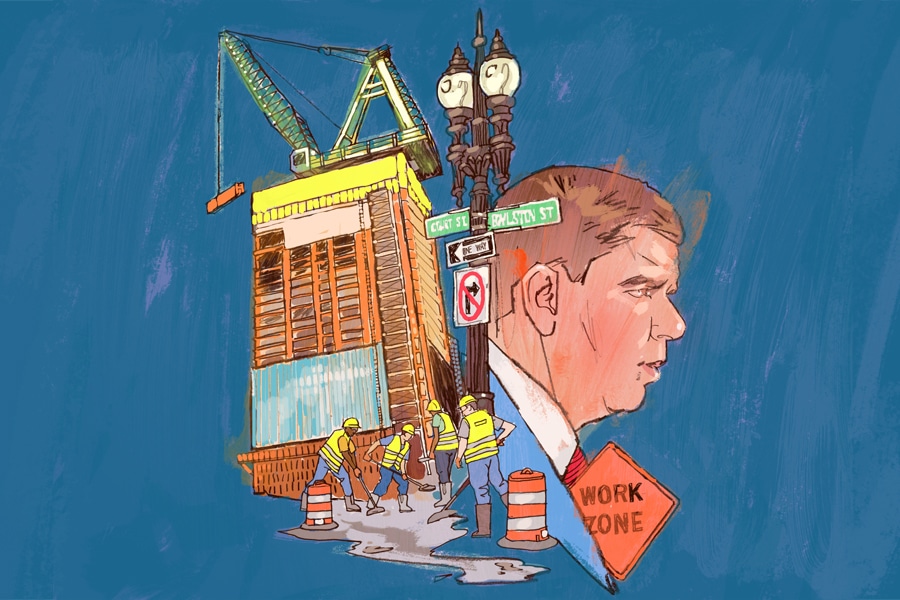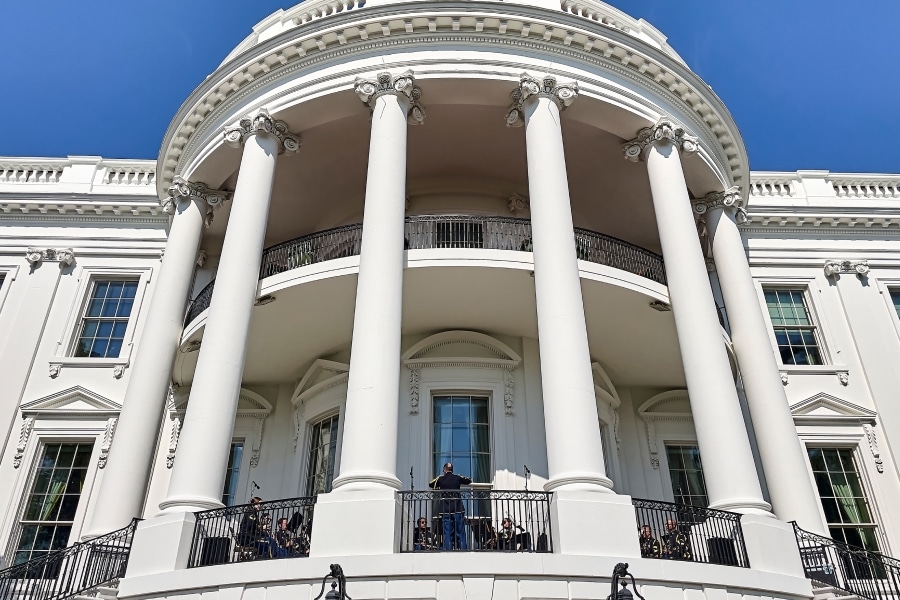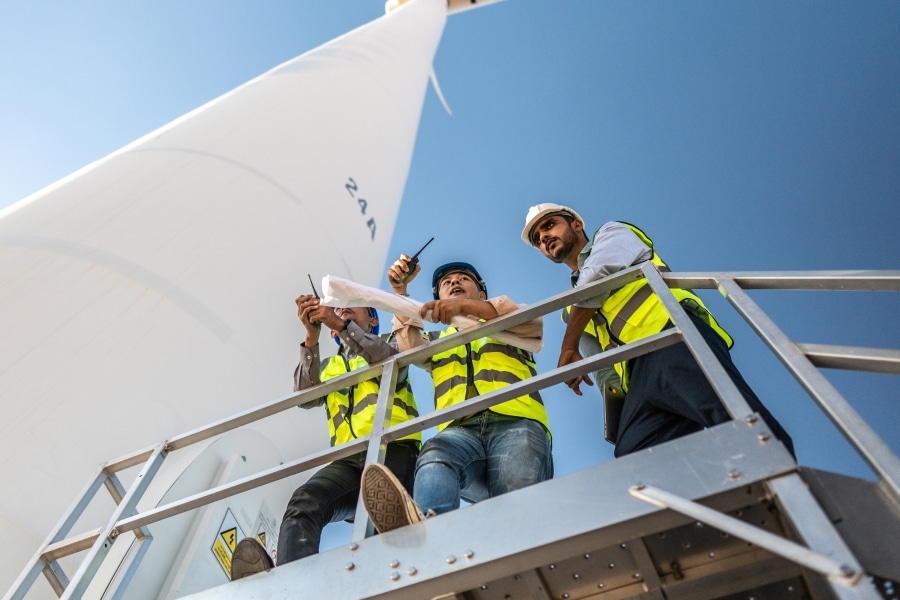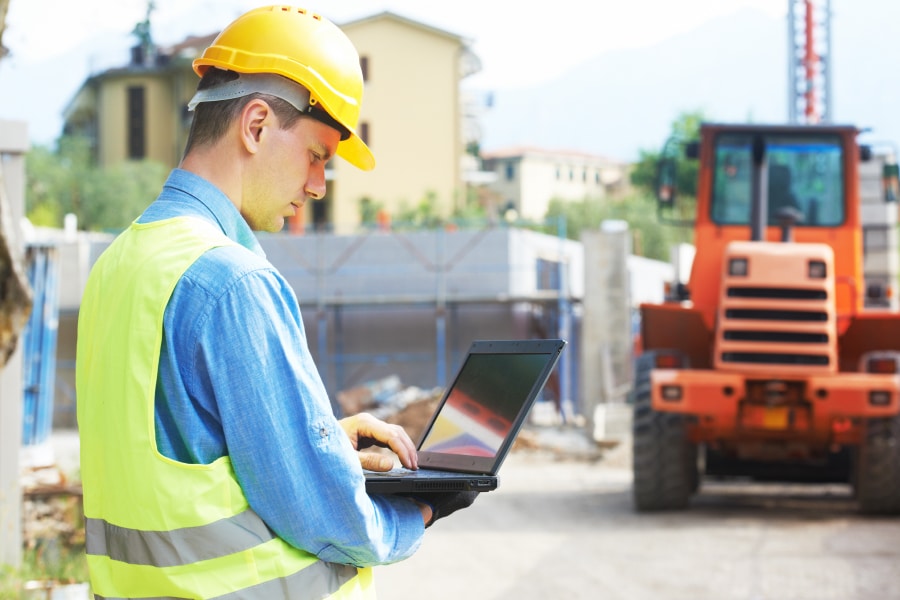Illustrated by Rae Scarfó
Design firm Studio One Eleven was in the middle of an affordable housing project when the COVID-19 pandemic hit, throwing the 160 residency units with retail and office space in Santa Ana, California, into a new reality.
“Our clients said, ‘Have you thought about the pandemic?’” said Michael Bohn, the Long Beach, California-based company’s senior principal. “They were particularly interested because they’re going to be occupying this building. We regrouped and said, ‘Let’s push ourselves and look at this from multiple angles.’”
Like others, Studio One Eleven has learned that viral outbreaks may not be a one-time surprise. As the World Economic Forum has noted, infectious disease outbreaks “are increasing and are more diverse than ever.”
[RELATED: With Remote Work, Why Not Build an Office in Your Backyard?]
They also are increasingly unpredictable. For COVID-19, it isn’t clear how long vaccines offer protection, and mutated variations of the disease have already appeared. It also took time for serious long-term medical problems related to the virus to become obvious. It’s time for companies to plan for the future of construction after COVID-19 and its long-term effects on the construction industry.
Smart decisions about a building’s structure and layout can help minimize risk to clients and offer construction firms a competitive advantage.
Need for change
Studio One Eleven had to make significant design changes due to the pandemic. “For the housing, it went from, ‘It’s nice to put balconies for the residences’ to ‘you have to have them,’” Bohn said. Bedrooms gained niches for work areas. Kitchens now sit near front doors so people can wash upon entry. Outdoor space increased far beyond what building codes required, with a one-third-acre park replacing a planned free-standing building. Ground-floor retail is now set back to create more sidewalk space. Roll-up garage doors in the place of plate-glass windows enable outdoor dining and sales.
“I think to assume once this is over that we’ll never have another pandemic would be rather naïve,” Bohn said. “As we become more globalized and interconnected, I think the risks would become greater.”
But that leads to conflict.
“There’s this tug of war,” said Michael Regan, program management and construction management practice leader at Middletown, New Jersey-based T&M Associates, which also found itself in redesign of ongoing projects due to the pandemic. “Do we design it for what we think it will be in the long run, or for right now? And how long does ‘right now’ last?” he asked.
Before COVID-19, T&M saw a trend toward open workspace: people arranged in rows with collaboration and social space available. That could be out the door, with the premium instead on quick modification through modular wall systems. “Some clients are saying, ‘I’d rather spend more on the modular products than on the physical office space because it gives me the flexibility,” Regan said.
COVID-19 on the construction industry
New design approaches can mean single-direction corridors for foot traffic instead of traditional wider corridors for bi-directional movement. Still, space planning requires juggling—and possibly bigger dimensions.
“To fit everything that I used to be able to fit into a 30,000-square-foot building, I now need 35,000 square feet,” Regan explained. And yet, if companies can have some people work at home, dimensions can shrink again.
HVAC becomes a more complex consideration. It needs additional space for larger mechanical units to overcome the increased differential pressure drop of advanced filtration. Energy costs for bigger motors increase. Higher air exchanges make sense but mean more expensive heating and cooling.
Marketing potential
At the same time, a pandemic- or epidemic-ready building can offer marketing advantages.
“We’re seeing interest in smart building technology in essence becoming a differentiator,” said Tom Blewitt, chief technical officer for UL, a safety, security and sustainability research firm in Northbrook, Illinois. “It stands to reason one would want to design and construct a building that integrates the latest technologies in air handling and people access.” Contactless controls for doors, elevators and parking also become more desirable.
In some areas—residential and commercial buildings in large cities in particular—rents have fallen precipitously. “If you want to get your price back up and still make a margin, that’s how much you have available to invest,” Blewitt said. “In the near term, given the dynamics of the pandemic, one might be happy to make smaller margins in a long-term investment to secure tenants.”
“If you build a building, you build it to lease it, not to look at it,” said Dan Slack, a principal at Chicago-based commercial real estate firm Baker Development Corp. “The whole end game is to lease it. Every day you have a building, you have a risk and have carry costs. I’d much rather get the same money and lease it in half the time than get a premium and carry it for 12 months. You’re never going to get employees to come back to work until they feel safe, and you’ll never get employers to invite those employees back to work until they no longer fear being sued.”
[ALSO READ: Why COVID-19 Sent Lumber Prices on a Wild Ride]
While developing a 61,000-square-foot office building last year in Chicago’s North Branch Corridor, Baker added features to attract clients—including advanced filtration, blue-light LED fixtures to kill surface-living viruses at down times and access to outdoor space via a deck and a rooftop lounge.
Better filtration can have benefits beyond viruses. “Here in California, the intensity and frequency of forest fires keeps increasing because of climate change,” said Manabu Shiraiwa, an associate professor of chemistry at the University of California, Irvine. Filtering air can make the atmosphere within buildings healthier generally. And if you can keep an environment healthier, employees likely get sick less often, meaning better productivity for the business.
Fortunately, many of the pandemic-related changes a firm might consider in new construction aren’t overwhelming.
“When you’re building new, the cost to impact the final design is more cost-efficient because you’re not also modifying something existing,” T&M Associates’ Regan said. “You can consider what the design outcomes should be and implement them without consideration for what they are right now.”
“You have a blank piece of paper, so to speak,” Regan added, “which gives you a little more flexibility to implement these things.”












